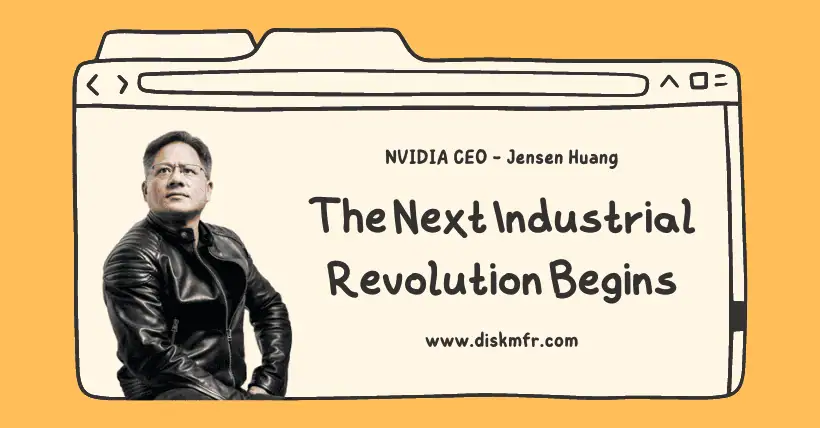Driven by the AI boom, Nvidia announced in May last year that it expected a significant increase in chip sales.
This turned out to be true, as Nvidia raised its revenue expectations every few months.
The stock price surge pushed Nvidia’s market value to over $2 trillion, surpassing Google’s parent company, Alphabet.
On Wednesday, Nvidia once again reported soaring revenue and profit, highlighting that despite high expectations and increasing competition, it remains a winner in the AI boom.
For the three months ending in April, the company reported revenue of $26 billion, exceeding the February forecast of $24 billion, marking the third consecutive quarter of tripling sales compared to the same period last year.
Nvidia also expects revenue for the current quarter ending in July to reach $28 billion, more than double the same period last year and higher than Wall Street’s expectations.
CEO Jensen Huang stated, “We are fundamentally changing the way computing operates and the capabilities of computers. The next industrial revolution has begun.”
So far this year, Nvidia’s stock price has risen over 90%, and after the earnings report, the company’s stock price rose in after-hours trading.
CFO Colette Kress said that in recent months, the company has worked with more than 100 customers building new data centers—AI factories—with GPU demand ranging from hundreds to tens of thousands, with some even reaching 100,000.
For example, Tesla is using 35,000 H100 chips to help train autonomous driving models.
The demand for new chips already seems strong, increasing the possibility that some customers might wait for faster models rather than buying the H100.
Nvidia’s latest performance shows little sign of this pause.
Microsoft, Meta, Google, and Amazon have all developed chips that can be customized for AI tasks, but they also said they are increasing their purchases of Nvidia chips.
Traditional competitors AMD and Intel have also made optimistic predictions about AI chips.
Jensen Huang frequently mentions a sustainable advantage, as only Nvidia’s GPUs are offered by all major cloud services (such as Amazon Web Services and Microsoft Azure), so customers don’t have to worry about being locked into using one service due to its unique chip technology.
Related:

Disclaimer: This article is created by the original author. The content of the article represents their personal opinions. Our reposting is for sharing and discussion purposes only and does not imply our endorsement or agreement. If you have any objections, please contact us through the provided channels.








